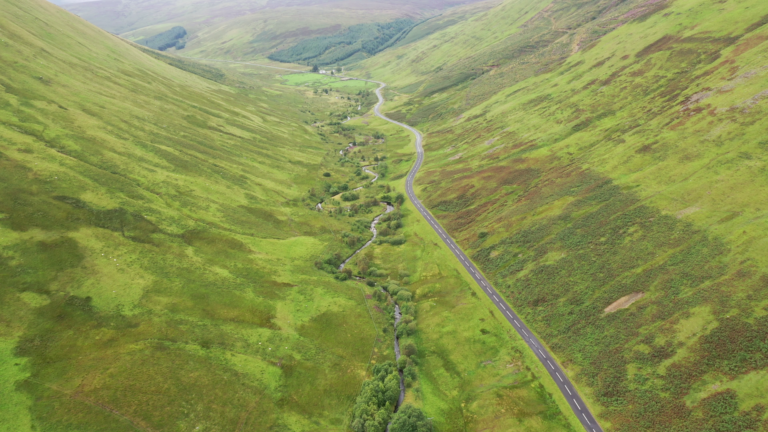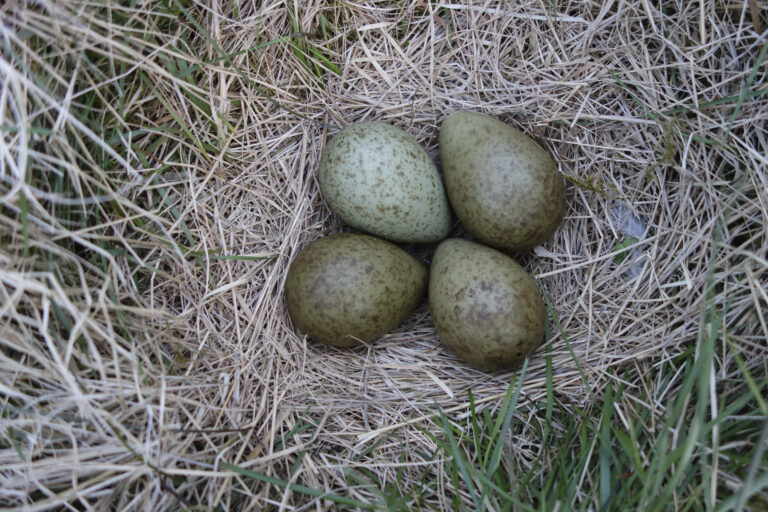By Miriam Ross, campaign coordinator, Scottish Environment LINK
Who else is missing the weekly dose of wonder provided by the BBC’s Wild Isles series earlier in the spring? My five-year-old, usually more interested in cartoons, was mesmerised, and so was I.
I was struck by how many of the creatures and plants shown in the series live on or near farmland. This shouldn’t really be a surprise, since in Scotland farming and crofting cover around three quarters of our entire land area.
The last episode, Saving our Wild Isles – not broadcast, but on iPlayer – featured two farms where the farmers are working very intentionally to make their land a home for wildlife, as well as to produce food. Both have seen fantastic results, with flowers, insects, birds and mammals returning to the farms. In Scotland many farmers are similarly changing the way they farm, to allow nature back and to reduce climate emissions.
Scottish Environment LINK’s new Farm for Scotland’s Future report features farmers and crofters who are planting trees, reducing or eliminating chemical pesticides and fertilisers, improving the health of their soil, and increasing biodiversity on their farms. This is often a collaborative effort, with farmers and crofters working together, sharing knowledge and ideas, and inspiring each other to rethink the way they use the land.
These are the trailblazers, and what they are doing matters to us all. Without a stable climate and a healthy natural environment, there can be no food security. But unfortunately, government policy is lagging far behind, and currently does little to support farmers and crofters who are working to restore nature and tackle climate change, and little to encourage more within the industry to do so.
The Scottish government spends more than half a billion pounds a year on farming, but most of this is paid to farmers based on how much land they own, and not what they do with it. Not only does the funding system fail to address the nature and climate crises, in which agriculture plays a major role. It’s also deeply unfair, with the distribution of funding massively weighted towards a minority of large landowners.
Clearly, change is needed. There is strong public support for a better system – in a recent poll, 85% of people said they wanted public spending on farming to support methods that restore nature and tackle climate change as well as producing food.
The Scottish government says it wants to make Scotland a global leader in sustainable and regenerative agriculture, and is expected to introduce a new agriculture bill later this year. The farmers’ groups, environmental organisations and others calling for change hope this new legislation will pave the way for a much better, fairer system – one that works for nature, climate and people.
The question is, will the Scottish government have the courage to bring about the transformative change we so badly need? As David Attenborough reminds us, we only have a few short years to make a difference. The time to act is now.
Disclaimer: The opinions expressed in this blog are the author’s and do not necessarily represent the views of all the organisations backing the Farm for Scotland’s Future campaign.




